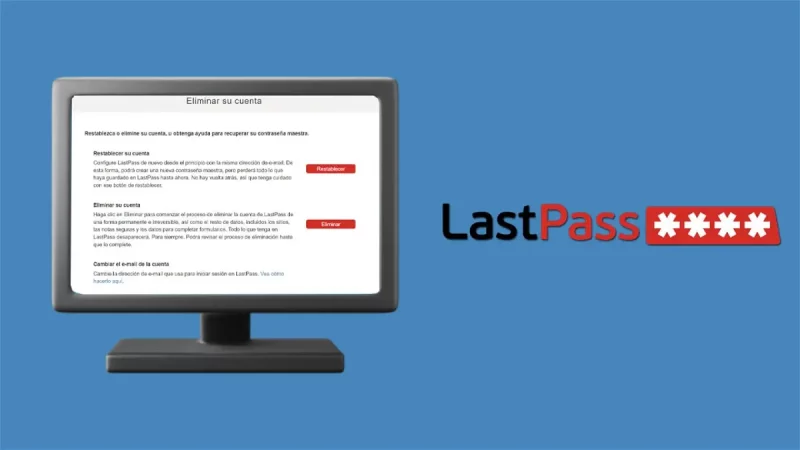The mindset that keeps you from being a challenging sales representative

The main characteristic of a good sales representative is having empathy. But that empathy needs to be positive and help you be a sales representative who challenges the prospect so that the prospect looks for the best possible solution. What prevents you from being a challenging seller?
This content is a translation of The mindset keeping you from being a challenger sales rep , written by our VP of sales at Rock Content, Matt Doyon, and posted on his blog.
The comprehensive study of B2B sales representatives detailed in the book “The Challenging Sale” brings a clear conclusion. Sellers who debate with their potential customers and confront them with a different view of the world are more likely to perform better than their peers.
Compared to 5 vendor profiles, 40% of top performers – that is, top-performing vendors – use a challenging approach instead of relying on skills like hard work, problem solving, relationship building, or trust instincts for success.
With such strong science supporting the challenging approach, what is still keeping you from taking the actions necessary to be a challenging sales representative ? The explanation is probably in your mindset as a consultative sales representative and especially in your understanding of empathy.
Empathy is the ability to put yourself in the emotional state of your potential client, to take care of your perspective, to want to know how they see the world, to understand how they think, feel and what matters to them.
Choosing a career in sales and being hired for the role of sales consultant probably means you have a lot of empathy. That, of course, is a skill that will help you discover your customer’s reasoning so you can convince them to see value in your product.
Check out our selection of content to inspire you to generate more sales opportunities for your business!
• Sales techniques: how to conquer your customers?
• How to deal with sales objections?
• Sales Speech: 5 communication techniques with potential clients
• 8 skills necessary for a successful sales executive
• Types of sales: which ones exist and how are they different?
• Sales process: how to structure it to generate solid results
• Marketing and sales: how to integrate them to generate more profits?
Positive Empathy X Negative Empathy
But, when empathy impacts your mindset negatively, it can prevent you from executing a challenging sales approach and end up hurting your overall performance.
Let’s look at two good examples where negative empathy can sabotage – both at the time of prospecting and when dealing with an objection.
When you prospect and tackle opening new discussions with a negative empathy mindset , you think, “I wouldn’t want a stranger to call me unexpectedly and interrupt me, so maybe I should start with a light (passive) email rather than an (active) call. to try to get his attention. ”
Sending emails may work, but the call works better. 100 active calls will bring more results than 100 passive emails. Negative empathy begins by diminishing the perceived value of what you have to offer, even before you begin to do so.
Negative empathy can also poison the way you deal with objections, one of the essential skills of a challenging sales representative.
As an example, think of your potential customer wanting to wait to make a decision, even when all the relevant information has already been presented to them.
Suppose he just wants to “think” more. Negative empathy will make you think, “I’m going to make this person uncomfortable if I debate the merits of waiting rather than acting now, and I’m concerned that they feel uncomfortable, so I shouldn’t be.”
It is that kind of empathy that often characterizes the behavior of the “relationship builder” that the study of the book “The challenging sale” identified in just 7% of the best sellers.
One way to let go of negative empathy is simply to care less about what the person you are calling thinks of you. Channel the Michael Corleone that exists within you and say to yourself: “It is nothing personal. They are just business. ”
I have seen a large number of sales reps do it effectively and manage to make a call regardless of criticism. But I don’t recommend that way.
Disconnecting your empathy frequently can undermine your mastery of that important skill and, if done incorrectly, can harm your status as a trusted consultant.
The most effective way I recommend for executing a challenging selling approach is to change your mindset from a negative empathy to a positive one.
Positive empathy creates, in the back of your mind, the prospect, “I have found someone who can benefit from having a conversation with me about a problem or opportunity at your company.
I would like someone to wake up my attention with that information and help me see it, and not just end up with my crowded inbox. ”
That’s the approach a good personal trainer takes when he wakes you up at 5:30 in the morning to get you out of bed and into the gym when you just want to sleep. Positive discomfort .
Build your positive empathy by going back to why your business exists and why you work there. You help solve specific problems and achieve specific goals.
People who have those problems and goals should know about your solution. You are doing the right thing by interrupting them, disagreeing, and not leaving them alone. Sometimes the best kind of love is that intense one. A challenging sales representative lives and breathes that philosophy.
Checklist: Connecting with Positive Empathy
1. Remember that you are trying to help. There is a potential problem, so taking a few minutes to find out if it’s real is the right thing to do.
2. Focus on your tone of voice. You are calling a stranger who probably doesn’t know anything about you and will start evaluating you immediately. The way you say things is much more impressive than what you actually say, so be lively, excited, confident, keep a light rhythm and in good speed (not so fast, not so slow). Let go of nervousness.
3. Be transparent. It is natural for the client to begin to imagine, “Why is this person calling me?” Don’t hesitate to respond clearly and consistently. “Hello Maria. My name is Matt Doyon. The reason I’m calling today is … ”
4. Be generous. When you are trying to create a connection, it is better to give than to receive. Many consultants soon go to “I would like to know more about you,” believing that characterizes a consumer-centric approach. That language is good when we have already won the customer’s attention and interest. Before that what we want is irrelevant. Try: “After searching, I realized that maybe there is a problem with … Can I explain it to you?”
5. Respect time. Interrupting to awaken attention to a problem is fine. Annoying someone who is not interested in having a conversation does not. Also, it is not a wise use of your time. If someone tells you that they are not open to speak, show that you have understood the information and politely end the connection.
Checklist: Positive Empathy to deal with objections
1. Don’t forget that dealing with objections must be a lively conversation. If a potential customer presents a written objection, your only goal should be to make a call to discuss it immediately.
2. Remember that empathy does not mean agreement. Have a guide to the process of dealing with an objection. Positive empathy is essential here. If you don’t understand the other person’s argument, it means you don’t truly understand your own argument. We must fully understand the customer and show them that we understand how they formed their opinion to invite them to consider another point of view.
3. Understand the difference between an objection and a condition. You can change the setting of an objection like “your price is too high.” But you can’t change the setting of a condition like “my bag broke and I’m going into labor.”
4. Remember that you are there to help. Your recommendation remains the best decision for your business, regardless of the objection raised. Use the information gathered during the sales process to explain why. When presenting any of the alternatives, remember to connect it to the reasons why you should purchase your product or service. “You told me earlier that …”






